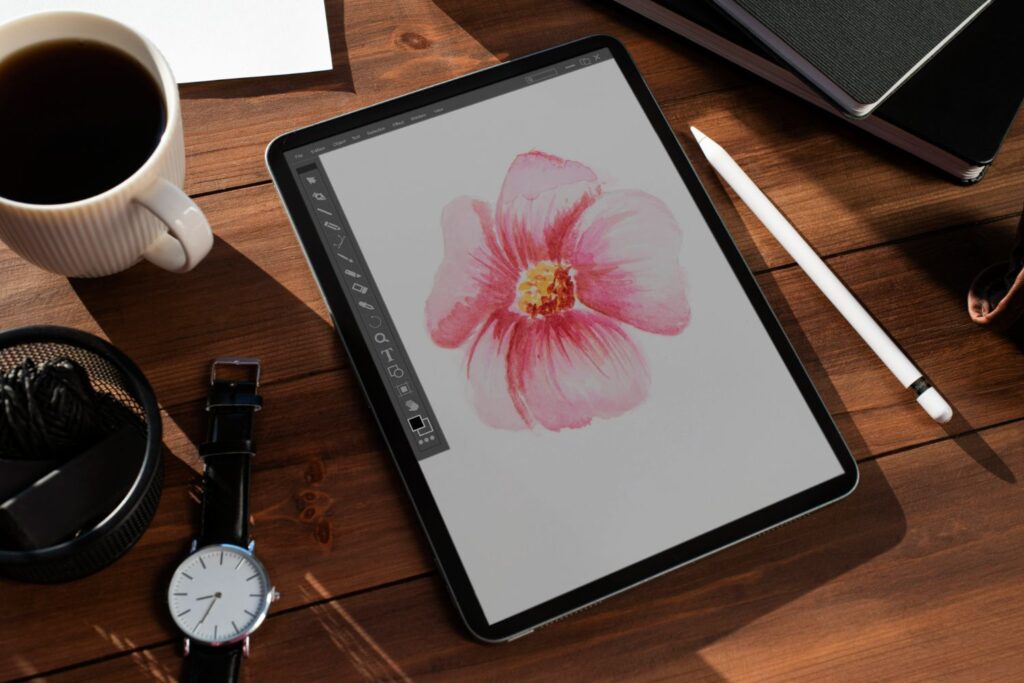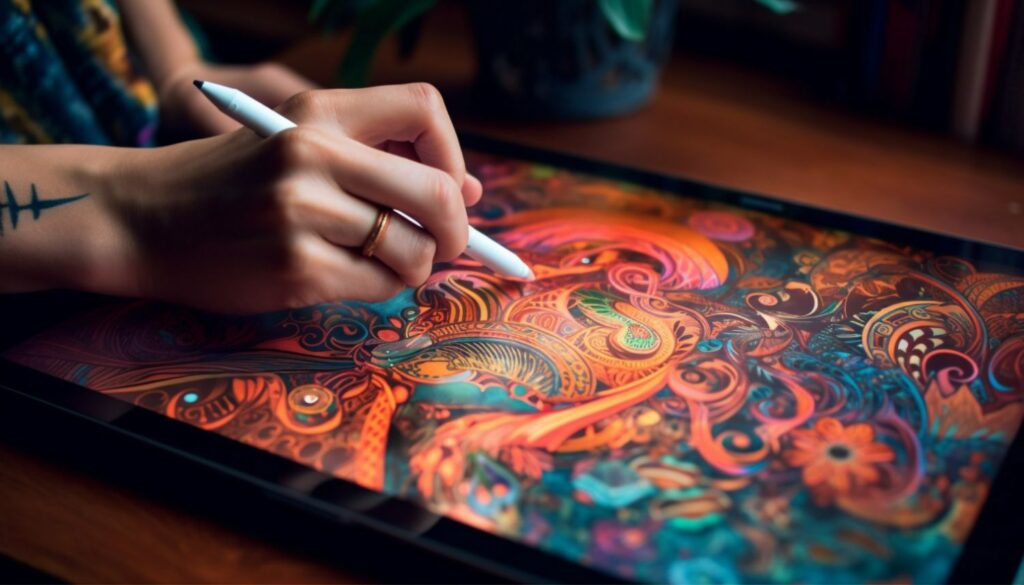Introduction: The World of Typography and Its Implications
Typography is an essential element of design and has gained increasing attention due to the rise of digital media. With platforms like Procreate, designers have greater creative freedom when it comes to font selection and design. However, this also raises a crucial question: are Procreate fonts copyrighted? In this article, we will delve into this complex issue and compare different options and approaches regarding font usage and legal implications.
The Concept of Font and Typeface
Before addressing font copyright matters, it’s essential to clarify the differences between fonts and typefaces. A typeface refers to the visual appearance of a set of characters, while a font is the digital file containing those characters. Simply put, the typeface represents the design, whereas the font is a file that allows you to apply that design.
Exploring Copyright Laws for Procreate Fonts
Understanding the legal issues surrounding font copyrights is essential for designers who use Procreate or other digital design platforms. Achieving clarity on these matters can prevent legal liabilities and ensure creators are well-versed in intellectual property rights.
Protection for Typefaces
In the world of typography, copyright laws vary depending on a specific country’s legislation. Generally, most countries do not offer copyright protection for typefaces. They are often considered utilitarian objects or industrial designs, which are not granted the same level of protection as more artistic works.
Software and Typeface Font Protection
While typefaces themselves may not be subject to copyright protection, digital font files can be. Because a font is considered software, it can be eligible for copyright protection in countries that protect software as an intellectual property. Consequently, developers and designers must be cautious when using and distributing digital fonts to avoid copyright infringements.
Comparing Font Licensing and Usage Options
When it comes to accessing and using fonts within Procreate or other design platforms, there are several alternatives that creators can consider to stay within legal boundaries.
Purchasing Licenses
Fonts often come with licenses, which stipulate how they may be used and distributed. These licenses can be obtained through font foundries, marketplaces, or design studios. Always check the licensing terms and ensure that your intended usage aligns with the restrictions outlined within the license.
Commercial Fonts vs. Free Fonts
Some fonts require payment to obtain a license, while others are available free of charge. Designers must be vigilant in examining the terms of use for free fonts, as some may allow only non-commercial usage. In contrast, paid fonts often come with more versatile licensing options that cater to personal, professional, and commercial purposes.
Using Open Source Fonts
Open source fonts are another alternative for designers who want to avoid copyright infringements. Open source licenses typically permit users to access, modify, and distribute fonts freely, making them an attractive choice for both personal and commercial projects.
Google Fonts
Google Fonts is a repository of over 1,000 font families, all of which are open source and available for use within projects of any nature – including commercial endeavors. This platform ensures that designers can access quality fonts without worrying about legal implications.
Font Squirrel
Font Squirrel is another popular resource for designers seeking high-quality, free fonts that are cleared for commercial use. The platform curates and categorizes fonts, making it easier for designers to find ones that suit their specific projects.
Conclusion: Navigating the Complex World of Font Copyrights
The question of whether Procreate fonts are copyrighted is not a straightforward one. While typefaces alone may not be protected, digital font files often are. Designers must familiarize themselves with intellectual property laws and font licensing agreements to ensure that their projects adhere to legal standards. By examining various font sources and understanding their licenses, digital artists can continue to create innovative designs without worrying about potential legal repercussions.
FAQ Section
1. Are all Procreate fonts copyrighted by default?
No, not all Procreate fonts are copyrighted by default. The copyright status depends on the specific font and its associated license.
2. Can I use Procreate fonts for commercial projects?
It depends on the font’s license. If the license permits commercial use, you can use the font for commercial projects. If in doubt, consult the terms of use or contact the font’s creator.
3. What are the consequences of using copyrighted fonts without permission?
Using copyrighted fonts without permission or a proper license may result in legal action, including substantial fines and potential damage to your professional reputation.
4. How do I find out if a font is copyrighted?
To determine if a fontis copyrighted, check the licensing information provided by the font creator or distributor. Often, you can find this information on the creator’s website, within the font file, or via the platform where you obtained the font.
5. Are there any other resources to find free and legal fonts?
Yes, aside from Google Fonts and Font Squirrel, you can also explore sites like Dafont, 1001 Free Fonts, Behance Typography, and Adobe Fonts. Always check the license and terms of use before incorporating these fonts into your projects to ensure legal compliance.
In conclusion, understanding whether Procreate fonts are copyrighted is essential for designers navigating the digital world of typography. By doing thorough research, respecting licensing agreements, and utilizing trusted resources for font selection, you can create brilliant designs while staying within legal boundaries.




